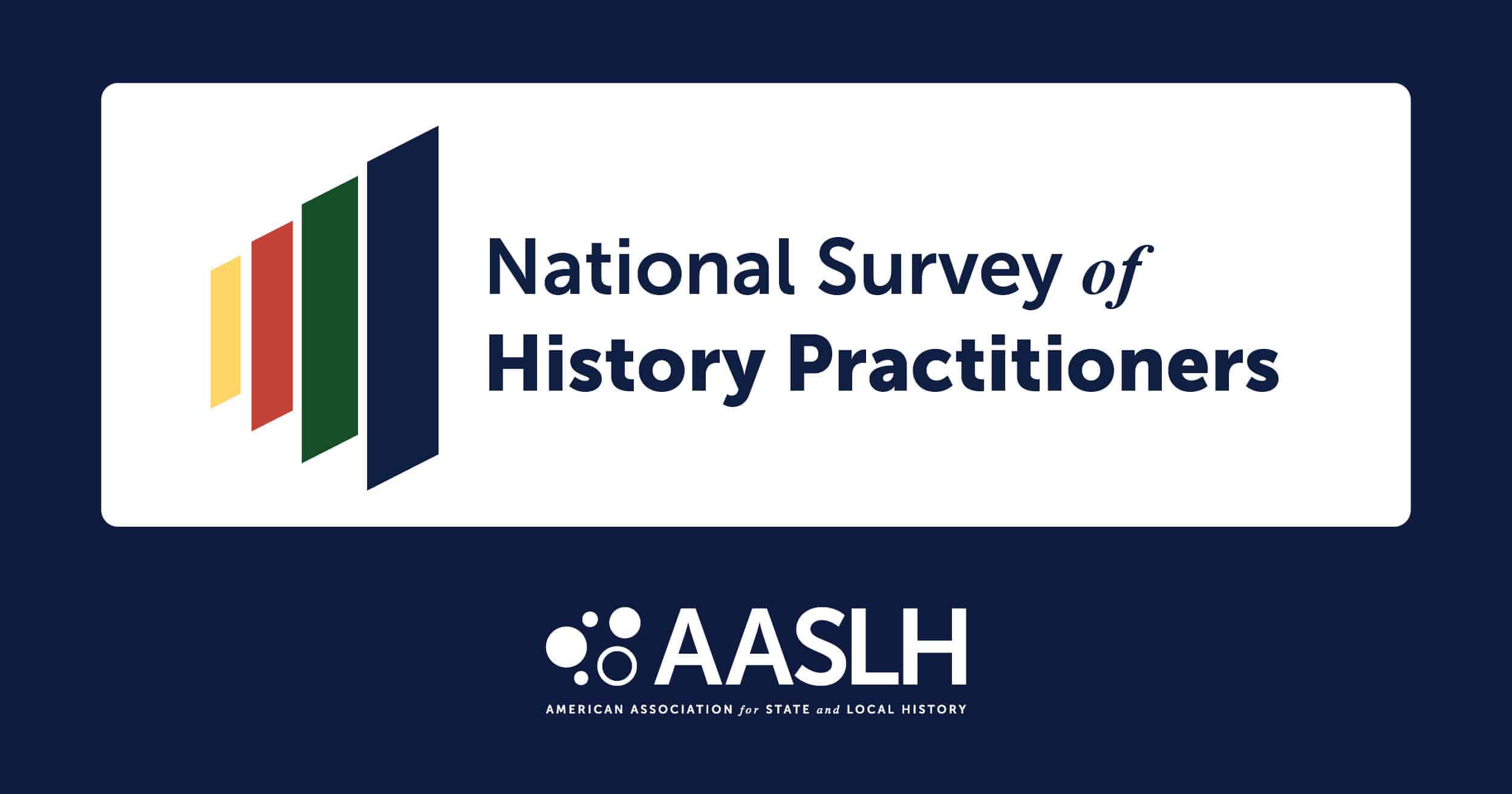
The Ropes Mansion
Every year, AASLH receives over 100 nominations for our Leadership in History Awards, which recognize organizations doing “Good History.” Our Awards committee spends a week poring over the details of these program and exhibits, reading about what made them stand out. At the end, we have a list of exceptional projects and a lot of important takeaways for other history organizations to apply at their own sites.
Want to create more meaningful experiences at your historic house museum? Here are four takeaways from award-winning sites on how to draw in new and existing audiences:
1. Tell Specific Stories
When it comes to engaging audiences and telling compelling stories, specifics are key. Although it may seem somewhat counterintuitive, the more specific details a story has, the more people connect with it. For historic houses and museums, it is important to engage visitors with the real people that lived, worked, and played in the space. Access to family collections and/or archives, can be a rich source of details for telling captivating stories of people’s lives.
The Ropes Museum leveraged their extensive family collection to tell the real stories of the family who inhabited the house. By turning to the source material, they were able to bring the family artifacts to life by situating the objects within the rich lives of complex, dynamic people. Doing this increased visitors’ engagement and created a sense of connection between their own lives and that of the Ropes family.

A Death in the Family at the W. H. Stark House
2. Have a Strong Hook
In addition to compelling details, great stories have strong hooks which draw you in and make you want to learn more. All of the award winners in this category centered their exhibits on topics with some type of conflict. Conflict creates intrigue by prompting people to ask questions and to want to know more.
The W.H. Stark House used death and mourning rituals in their exhibit A Death in the Family to help visitors connect with the Stark family. The exhibit told the stories of the death of W.H. and Miriam Stark’s daughter in 1880 and their own death in 1936. The museum found that the discussion of mourning rituals fostered healthy multi-generational dialogue around death and mourning.

Interpreters at the Ebenezer-Maxwell Mansion
3. Remember That Hands-On Experiences Make a Difference
Educational psychology has repeatedly shown people learn best when they can engage multiple senses. As part of their revitalization efforts, many of the award winners created ways in which visitors could engage their senses of touch by creating hands-on components within their exhibits.
The Strong-Howard House took this concept a step further and replaced all of their furniture with replicas. Visitors are encouraged to touch the beds, sit on the chairs, and open the desks. This emphasis on a hands-on experience has restructured the way visitors move through the space and creates an environment where people are encouraged to construct knowledge for themselves by driving their own experience.
The Ebenezer Maxwell Mansion took another approach to hands-on interactions with their Upstairs, Downstairs tour. At the end of the tour, visitors are served light “comestibles,” which includes a 19th century treat called a jumble cookie. By giving visitors something they can touch and taste the Ebenezer Maxwell Mansion is creating a multidimensional learning experience for visitors.

Interpreters at the Strong-Howard House
4. Prioritize Community Engagement
Historic museums and houses are as deeply embedded in their community context today as in the past. Thinking broadly about community partnerships and engagement can open the door for new and dynamic ways of increasing community participation in the museum or house, and can also provide the museum or house with resources it would not have otherwise had access to.
When an extensive family archive became available, Cliveden collaborated with a number of community partners, both historical and non-historical, to help work through the archives and determine what stories to highlight. By engaging the community and understanding the questions they had, Cliveden was able to reflect the diversity of their present community in their exhibits and open themselves up to a much wider audience.

Cliveden
To learn more about the specific projects from the award winners, visit:
“Upstairs, Downstairs Tour”—Ebenezer Maxwell Mansion (Horsham, PA)
“Emancipating Cliveden” –Cliveden (Philadelphia, PA)
“Strong-Howard House Reinterpretation Project” –Windsor Historical House (Windsor, CT)
“Re-envisioning the Ropes Mansion” –Peabody Essex Museum (Salem, MA)
“A Death in the Family” –Nelda C. and H.J. Lutcher Stark Foundation (Orange, TX)



